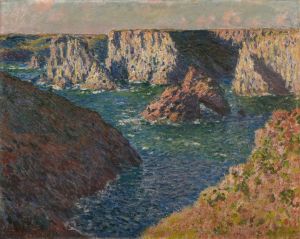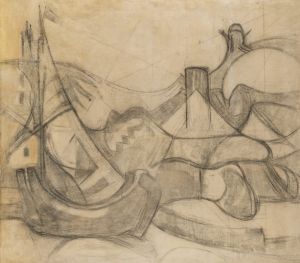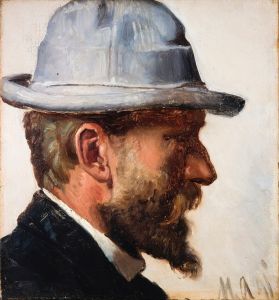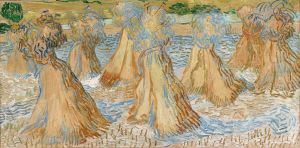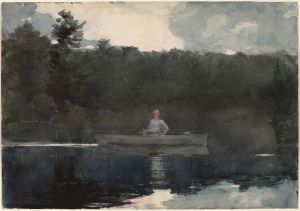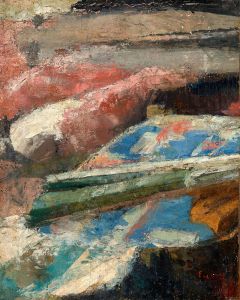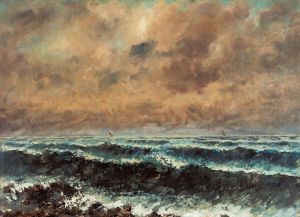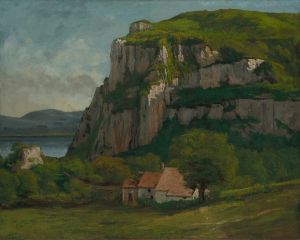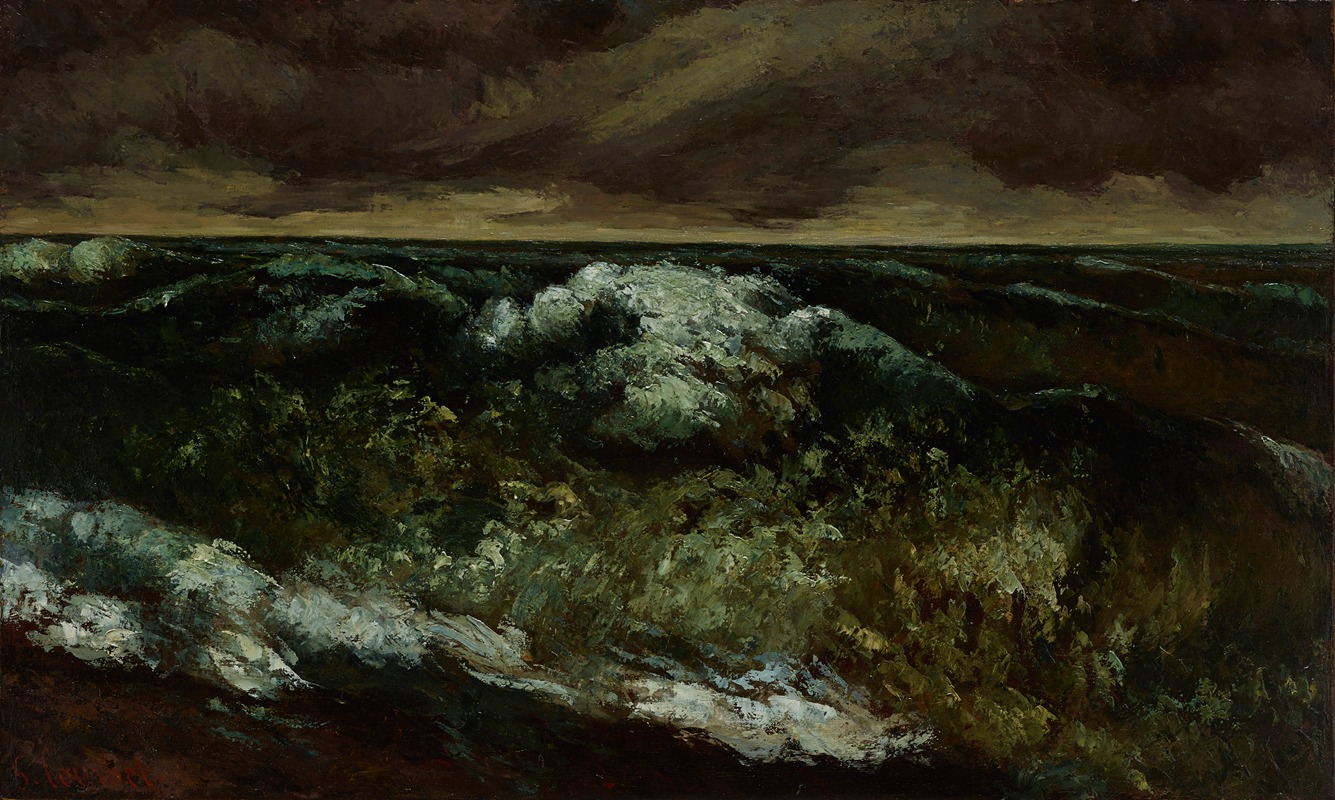
The Wave
A hand-painted replica of Gustave Courbet’s masterpiece The Wave, meticulously crafted by professional artists to capture the true essence of the original. Each piece is created with museum-quality canvas and rare mineral pigments, carefully painted by experienced artists with delicate brushstrokes and rich, layered colors to perfectly recreate the texture of the original artwork. Unlike machine-printed reproductions, this hand-painted version brings the painting to life, infused with the artist’s emotions and skill in every stroke. Whether for personal collection or home decoration, it instantly elevates the artistic atmosphere of any space.
Gustave Courbet's painting "The Wave" is a notable work by the French artist, who was a leading figure in the Realist movement of the 19th century. Courbet, known for his commitment to painting only what he could see, often focused on landscapes and scenes from everyday life, challenging the traditional subjects and styles of his time. "The Wave" exemplifies his dedication to realism and his ability to capture the raw power and beauty of nature.
"The Wave" was painted in 1869, a period when Courbet was increasingly interested in seascapes. This interest was partly inspired by his visits to the Normandy coast, where he was captivated by the dynamic and ever-changing nature of the sea. The painting depicts a large, crashing wave, rendered with meticulous attention to detail. Courbet's technique in this work is characterized by his use of a palette knife, which allowed him to create a textured surface that mimics the movement and energy of the water.
Courbet's approach to painting the sea was innovative for its time. Unlike many of his contemporaries, who often romanticized nature, Courbet sought to portray it with honesty and precision. In "The Wave," he captures the momentary and transient nature of the ocean, focusing on the interplay of light and shadow on the water's surface. The painting's composition is relatively simple, with the wave occupying the majority of the canvas, emphasizing its grandeur and power.
The color palette in "The Wave" is dominated by shades of blue and green, with touches of white to represent the foam of the crashing wave. Courbet's use of color is both realistic and expressive, conveying the mood and atmosphere of the scene. The sky above the wave is often depicted as overcast, adding to the dramatic effect and highlighting the contrast between the sea and the sky.
"The Wave" is part of a series of seascapes that Courbet created during this period, each exploring different aspects of the ocean's character. These works were well-received and contributed to Courbet's reputation as a master of landscape painting. His seascapes, including "The Wave," are considered significant for their departure from the idealized depictions of nature that were prevalent in academic art at the time.
Courbet's influence on the art world extended beyond his lifetime, as his commitment to realism and his innovative techniques inspired future generations of artists. "The Wave" remains an important example of his work, showcasing his ability to capture the essence of nature with both accuracy and emotion. Today, the painting is appreciated not only for its technical skill but also for its contribution to the development of modern art.
Overall, "The Wave" by Gustave Courbet is a testament to the artist's skill and his dedication to portraying the natural world with honesty and vigor. It stands as a significant work within the Realist movement and continues to be admired for its powerful depiction of the sea.





